June 18, 2025 | 04:12 GMT +7
June 18, 2025 | 04:12 GMT +7
Hotline: 0913.378.918
June 18, 2025 | 04:12 GMT +7
Hotline: 0913.378.918
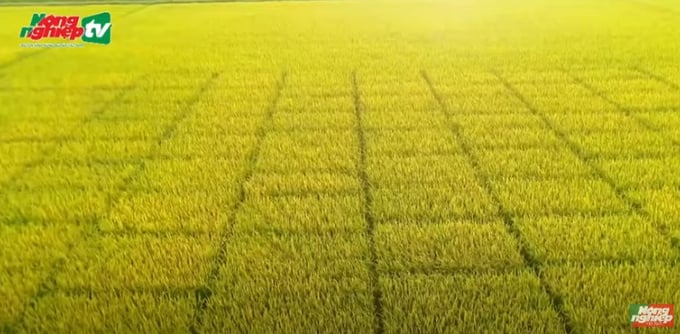
The Mekong Delta is oriented to be able to convert ineffective rice-growing land to other crops. Photo: VAN.
The Strategy for Crop Production Industry Development until 2030, with a vision to 2050, which was approved by the Prime Minister on December 30, 2023, focuses on development orientation for each crop as well as each region. Of which, there are regions that have been clearly oriented for their flexible changes. For example, the Mekong Delta can convert ineffective rice-growing land to other crops.
Dr. Bui Ba Bong, former Deputy Minister of Agriculture and Rural Development and Chairman of the Vietnam Rice Sector Association, said that in general, shifting crops to suit the ecological conditions of each region, especially in accordance with current and upcoming climate change conditions, should be done. However, the conversions must be based on the general principles of efficiency, benefits to the environment, benefits to farmers, and contribution to the country's economy. It is also necessary to consider unfounded, short-term conversions.
"The State also has documents on non-rigidity in keeping rice land but encourages appropriate conversion, ensuring minimum rice land for national food security in the long term. I think that is a very flexible orientation," said the Chairman of the Vietnam Rice Sector Association.
Besides, strategic orientation is the whole. On that overall basis, the formation of a strategy requires a process, and that process is summarized from practice over many years, thereby defining key crops.
Hoa Binh province, a locality with relatively famous citrus trees such as Cao Phong orange and Hoa Binh red grapefruit, also follows the strategy's orientation toward sustainable development of crop production.
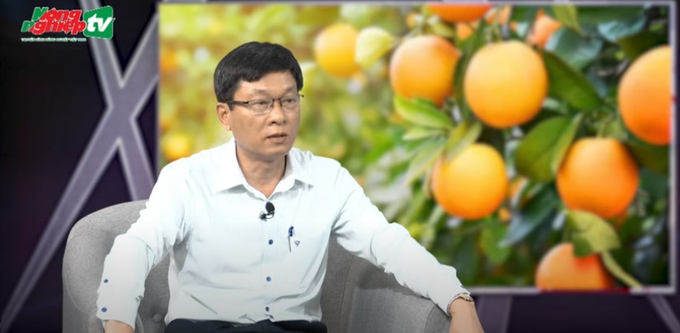
Mr. Vuong Dac Hung, Deputy Director of the Hoa Binh Department of Agriculture and Rural Development. Photo: VAN.
According to Mr. Vuong Dac Hung, Deputy Director of the Hoa Binh Department of Agriculture and Rural Development, the province has determined to have a long-term strategy for current local products with high economic value, such as citrus fruits, sugarcane, and vegetables of all kinds. Specifically, stabilize production areas in the direction of concentrated commodity production; apply scientific and technical advances and high technology; and link with businesses and cooperatives to promote sustainable development.
"The most important factor in the sustainability story here is identifying the market and identifying varieties to serve that development. Thus, we are implementing a project to replant citrus fruit trees, which is the process of newly planting a crop at the end of a cycle with appropriate and adapted varieties associated with creating a growing area code to serve domestic consumption and aim for exports in the long term," said the leader of the Hoa Binh agriculture sector.
To be more specific, Hoa Binh organizes citrus tree production in the direction of new planting for areas that are out of cycle and recovery combined with pest and disease prevention for areas that are in the business cycle to improve product quality. Currently, Hoa Binh's red grapefruit, Dien grapefruit, and Cao Phong orange have been exported to the EU and US markets.
Besides, as for sugarcane, the province aims to develop tissue-cultured sugarcane varieties, such as purple sugarcane, expand areas, and link with businesses and cooperatives so that those products meet the requirements of the market. Sugarcane has now been exported to the markets of Canada, Japan, South Korea, and the Federal Republic of Germany.
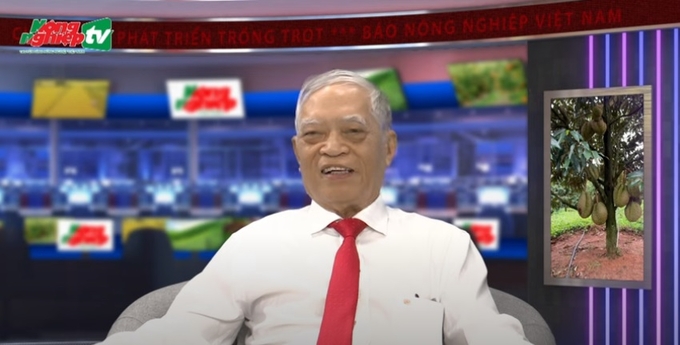
Dr. Bui Ba Bong, former Deputy Minister of Agriculture and Rural Development and Chairman of the Vietnam Rice Sector Association. Photo: VAN.
The strategy for the crop production industry sets an orientation of reaching USD 26–27 billion for agricultural product exports and about USD 150–160 million for production value. Although for the crop production industry, the current value of global trade must be over USD one trillion, in which fruit trees are about USD 630 billion, coffee is USD 44 billion, and rice is USD 50 billion, this strategy’s goal is considered suitable for Vietnam’s current conditions. And in order to achieve that orientation, it must be based on solution pillars.
According to Dr. Bui Ba Bong, there are three main pillars for developing the crop production industry, including resources, infrastructure, and science and technology. Particularly regarding the field of science and technology, this is a real pillar because it is very slow to achieve higher growth or more exports in the coming time if lacking new technologies or technological breakthroughs. Currently, it is mandatory to take advantage of biotechnology, digital technology, and related new advances in the fields of mechanization and automation, in which Vietnam still has a lot of geographical balance for development.
As for seed, some Vietnamese crops have quite good developments in varieties, such as rice and coffee, which countries in the region also acknowledge. Other crops are currently quite empty in varieties, so it is necessary to work faster to create better varieties, such as fruits, flowers, and especially vegetables, which still depend a lot on variety imports. Therefore, the seed field still has a lot of gaps and geographical balance to approach new things for further development in the coming time. In addition, the variety must be accompanied by a suitable farming system in an increasingly modern and precise direction to create better quality. These are the things that science and technology will bring to our crop production industry in the near future.
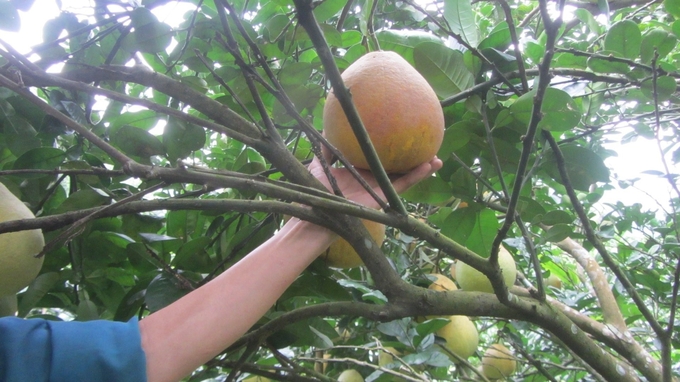
Hoa Binh's red grapefruit has been exported to the EU and US markets.
Besides, a good production organization is also a lever for sustainable development of the crop production industry. Taking Hoa Binh province as a typical example, the locality organized production in the direction of summarizing practices from restructuring agriculture over many years to identify each region, thereby determining suitable crop types and varieties suitable for the soil of each region. On that basis, organizing production, applying science and technology, and linking with the market and businesses to create product chains to achieve efficiency.
Currently, Hoa Binh's area of citrus trees is about 10,200 ha, including approximately 5,000 ha of oranges and about 5,200 ha of grapefruit, and the sugarcane area is about over 7,000 ha. But such production organization of key products still brings high value and a good income, and there are many billionaire farmers from concentrated commodity production who apply science and technology associated with value chains.
Translated by Thu Huyen
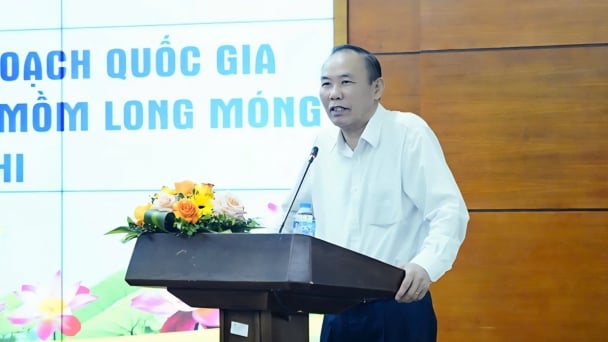
(VAN) The results of national programs are essential for establishing a contemporary livestock sector that is well-equipped to meet the demands of both domestic and international markets, with robust biosafety standards.
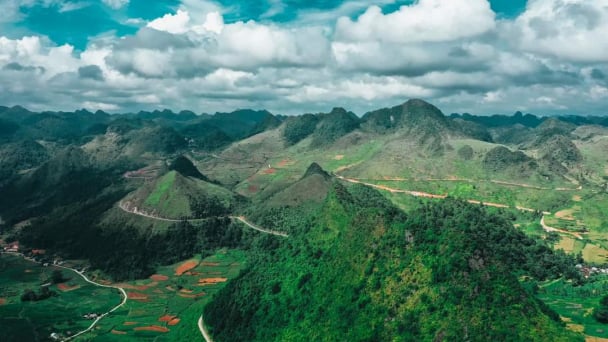
(VAN) The UNESCO Global Geopark revalidation of Non nuoc Cao Bang and the transition to a two-tier administrative model are presently undergoing a pivotal moment in Cao Bang, the northernmost province of Vietnam.
/2025/06/13/5330-2-004539_953.jpg)
(VAN) Changing policy mindset and removing investment barriers are urgent requirements to open up new development space for enterprises in the agricultural sector.

(VAN) The areas include the restoration of five million hectares of marine ecosystems.

(VAN) Dr. Le Van Nguyen, Director of the Institute of E-Commerce Management (ECM), emphasizes the potential for green development through the cultivation of fruit trees, particularly in provinces such as Son La.
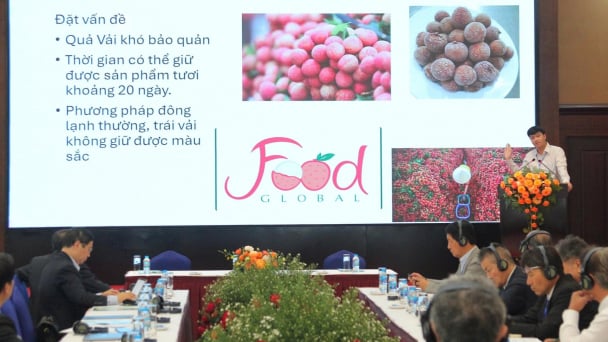
(VAN) VAAS and numerous Vietnamese enterprises have signed cooperation agreements with Japanese partners to promote agricultural technology and trade connectivity.
/2025/05/29/5625-12-214801_567.jpg)
(VAN) Provincial mergers in the Mekong Delta promise to streamline administration, expand inter-provincial raw material areas, and foster close linkages in agricultural value chains, benefiting both businesses and cooperatives.